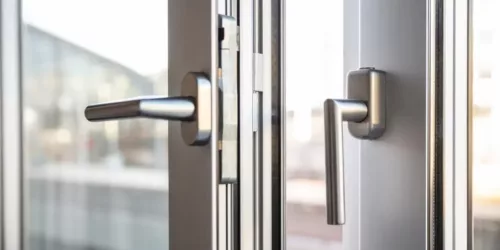Guide to uPVC Window Colours
- What uPVC window colours are available
- How to choose the right colour
- Pros and cons of uPVC window frames
New uPVC windows can come in a whole host of colours, from Chartwell Green to various woodgrain finishes, to easily match or complement the exterior of your home. Whether you’re looking to complement your brand new front door or contrast with your fresh driveway finish, uPVC window colours can be made to perfection.
This article will go through the various elements of coloured uPVC windows, from different shades available to popular colours. It will also detail the prices you can expect to pay and how uPVC window colours differ from other materials. Finally, this article will go over some advantages and disadvantages, so you can make your mind up whether these windows are for you.
Are you looking for new windows? Interested in uPVC window colours? Try out our quote comparison tool. Fill in your details and get a quote from a local supplier – it only takes a minute to complete.

What's On This Page?
Click the links below and head straight to a specific section of the article.
- What uPVC Window Colours Are There?
- Popular Colours for uPVC Windows
- How Much Do Coloured uPVC Windows Cost?
- What Factors Affect the Price of Coloured Windows and Frames?
- What’s Different About uPVC Window Colours?
- What Are the Advantages and Disadvantages of Coloured uPVC Windows?
- Which uPVC Window Colours Should I Choose?
What uPVC Window Colours Are There?
From lighter shades of white to black uPVC windows, each colour option should work for your home. Beautiful shades in varying colours are available so you don’t have to settle for the basic white option. Additionally, don’t be put off by a certain colour if it doesn’t suit the inside of your home as they can be made two tone, with one colour on the inside and another outside.
While the colour of the bricks or the external façade of your home will have a strong bearing on what frames work, you can experiment by looking at different examples. Have a look at a few uPVC window colours below to see if something catches your eye.
As you can see, uPVC window colours come in a wide variety without being garish. You are able to completely change your home by brightening it up with different colours. Even though white is the standard for uPVC windows, black can still complement your home well. Gutters and downpipes are typically black, so they have no problem blending in seamlessly with your house. With white on the inside, you won’t make your rooms seem any smaller.
Popular Colours for uPVC Windows
Some of the most popular uPVC window colours nowadays are greys and wooden effects. Gone are the days of uPVC with a coloured foil overlay that would peel and discolour in the sun. Generally, uPVC finishes come in the following contemporary colours:
White
Black
Grey
Chartwell Green
Cream
Woodgrain finishes
The uPVC window colours are applied as a laminated multi-layered film to the frame base. A heat bonding process is then followed to create a finish that’s durable and will last in the elements. This means that you can be confident that your coloured uPVC windows will last.
How Much Do Coloured uPVC Windows Cost?
With more work required in the manufacturing process, you can expect coloured window frames to cost more than the standard white. According to Checkatrade, coloured, black and grey uPVC windows can cost 10–20% more than white frames. You can see rough costs outlined in the interactive graph below.
These prices are based on various sizes of window, from 1,000mm x 50mm to 1,000mm x 800mm, depending on the style. The installation for both the frame and the glass are included for reference. RAL colours could set you back more.
While sliding sash windows will set you back more, the lowest price they can potentially be is around £700. Casement windows are the cheapest style, even for uPVC window colours, and can be as low as £325 per window. Although the example uses Grey uPVC windows, Golden Oak and Cream uPVC windows will be a similar price.
What Factors Affect the Price of Coloured Windows and Frames?
All windows are different, with or without different colours. From the size of the frame to what glazing you apply, the actual price you pay will vary wildly. The factors that affect how much your windows will cost are:
Colour
Size
Style and shape
Glazing type
Colour
Unpopular colours will not be in as much demand, so they can end up costing you slightly more. Likewise, if you opt for uPVC window colours with a woodgrain effect, this will also set you back more. Flat colours (untextured) will be the cheaper option, but they can still have a massive impact.
Window Size
Frames are rarely a uniform size, as all buildings have different openings and frame sizes. The more room your windows take up, the more they are going to cost you.
Style and Shape

Casement windows are the cheapest option, while bay windows are the most expensive. Square glazing is easier to install, but any additional shapes, such as circles or crescents, will inflate the price. The most simple installation is a square window in any of the uPVC window colours.
Glazing Type
Double glazing costs less than triple, but you will still benefit from a warmer home with either of these options. Low-E glass can help reduce the amount of heat lost through your windows, but this also adds to the cost. Likewise, acoustic glass can help to reduce outside noise at a price.
All types of glazing will work with any uPVC window colours you choose.
What’s Different About uPVC Window Colours?
uPVC windows are usually coloured with a lamination heating technique, which makes it last. They can also be spray painted, which makes them perfect to customise in future if you need to redecorate or experiment with different uPVC window colours.
Aluminium windows, on the other hand, are coloured with a powder coating. An electrical charge bonds the coloured powder to the material and then it’s oven cured to make the finish permanent.
Timber windows are painted and protected to ensure the colour doesn’t come off and the wood isn’t damaged.
In all of these window types, a smaller selection of standard colours are available, such as the popular ones outlined above. Alternatively, if you are after a specific colour, you can choose a specific RAL code to ensure a perfect match or tone. Choosing a RAL colour might make it more expensive, depending on whether it’s a standard option or not.
RAL uPVC Window Colours
RAL colours are the most widely recognised colour matching system in the world. Comprising a range of thousands of colours across the classic, design and plastics charts, you can easily pick which RAL colour you’d need for your property and know that it will match.
A few RAL uPVC window colours outlined above can be seen in the carousel below. None of these feature the woodgrain finishes, but if that is what you’re after bear in mind that the cost will increase.
What Are the Advantages and Disadvantages of Coloured uPVC Windows?
Pros
New windows will always give you benefits over older ones, but here are some additional benefits that coloured uPVC windows can give you:
Price
Aesthetics
Efficiency
Less maintenance
Price
uPVC is the most readily available and easily made window material. As such, it is cheaper than aluminium and timber options, giving you value for money. Checkatrade estimates that uPVC window colours can cost you 50–100% less than the same for either timber or aluminium.
Aesthetics
Given the number of options of uPVC window colours, you can change how your home looks without too much issue. Wooden window frames are incredibly appealing, but the uPVC woodgrain effect can achieve the same thing at a fraction of the price. Also, opting for frame colours that work with the shade of your property can be relatively painless. White frames would contrast too much against a black property, so a darker colour can fit seamlessly.
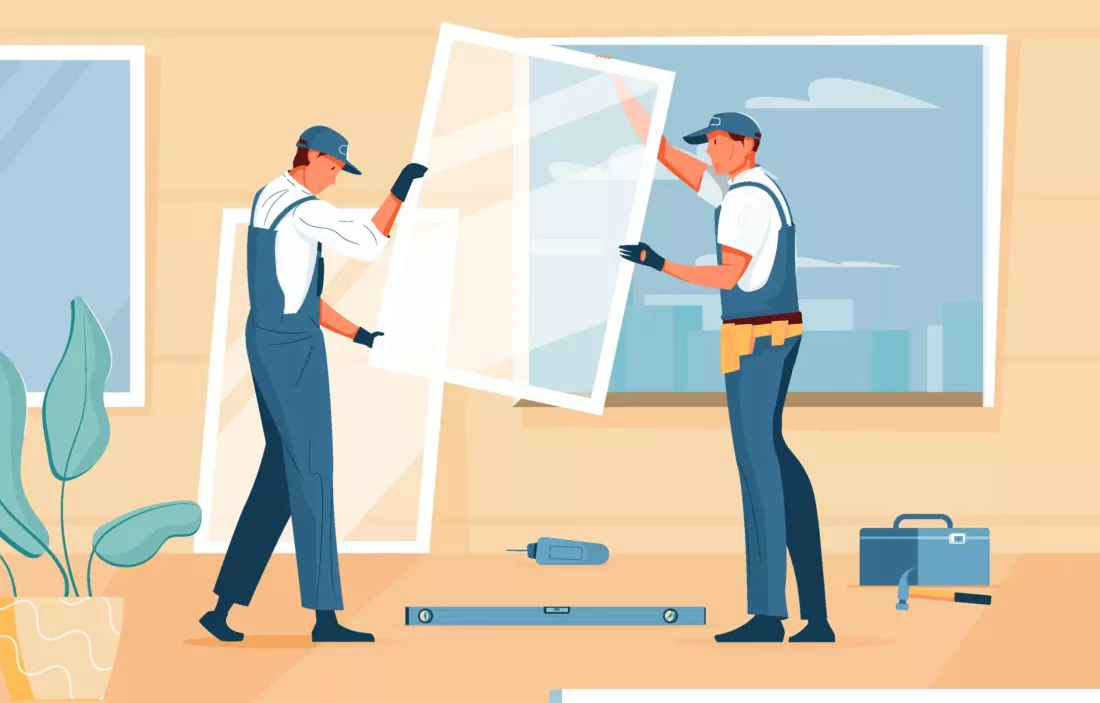
Efficiency
New windows are incredibly energy efficient, and uPVC frames have an insulating chamber within them. Paired with double glazing, this provides a superior level of resistance against heat loss. Thanks to a wide range of uPVC window colours, you can make your home more energy efficient in style.
Less Maintenance
Classic white uPVC shows up dirt and grime more easily, while coloured alternatives can effectively mask this. Minor imperfections are a lot less noticeable, which will stop you from having to clean them as frequently.
Cons
On the downside, uPVC windows come with the following drawbacks:
Limited lifespan
Less durable
Bulkier
Limited Lifespan
In terms of how many years a window frame will last, uPVC is at the lower end of the scale. That’s not to say that they don’t last very long as a standard set of uPVC windows can last between 20–25 years. The less you pay for uPVC window colours, the less likely they are to last. Cheaper versions can be limited by 10–15 years less if they are made on a budget as they can be prone to warping and discolouration.
Aluminium windows, on the other hand, are capable of lasting up to 45 years, while timber can last for 50 years. In the context of uPVC windows, their lifespan isn’t considered all that long compared to the other options.
Less Durable
In comparison to sturdy aluminium and timber, a uPVC window isn’t as strong. This is one of the reasons why they are much thicker, to be able to support the whole unit and glazing. They are still relatively sturdy, but not as much as the alternatives as they are made from plastic. Cheaply created uPVC window colours are also prone to peeling and cracking.
Bulkier

uPVC frames take up more room than slim aluminium frames. This has the disadvantage of reducing the amount of light that is able to come through the window. Additionally, as the frames are thicker, they may not suit every style property there is. An older, more traditional home, for example, will not look as nice with the harsh plastic aesthetic.
Which uPVC Window Colours Should I Choose?
It’s really down to you to decide what would work for your home. Whether you’re looking for a wooden feel, many uPVC window colours come with a woodgrain effect, which enhances their look. Alternatively, simply choosing a flat colour could enhance the external appearance of your home. Lighter bricks can work well with shades of brown, but darker or lighter colours can work just as well.
If you’re looking to match your front door, Chartwell Green could be the option for you, but any RAL colour is available to match. With uPVC window colours, the possibilities are almost endless.
To find out how much you’d pay, click on the button below. Fill in your details and a local tradesperson will be in touch to discuss uPVC window colours right for your home.
Related articles
View all Glazing articles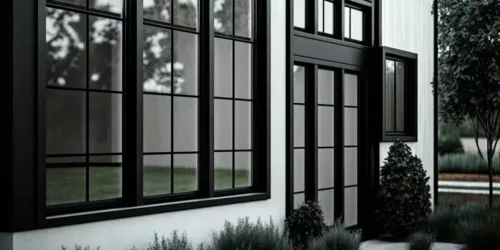
How Much Would It Cost to Double Glaze a 3 Bedroom House?
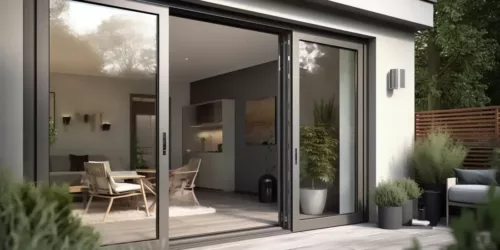
A Complete Guide to Double Glazing Doors

Replace Your Double Glazed Unit - A Useful Guide
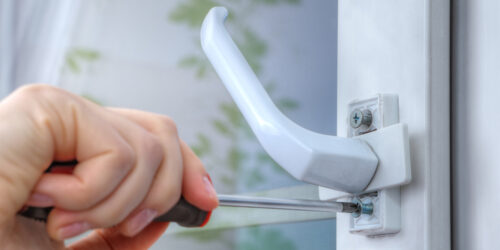
Double Glazing Repairs – All You Need to Know
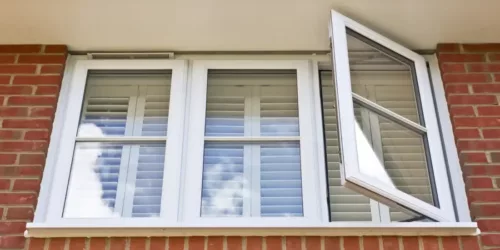
Trickle Vents in Windows: Are They Still Needed?

Energy Efficient Windows: A Guide To Better Window Energy Efficiency
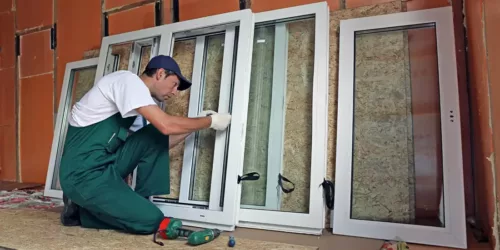
Double Glazing Repair – Is It Worth It?
